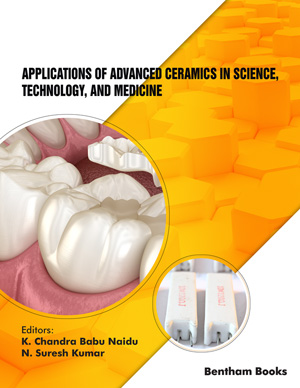Abstract
SHS investigation development is considered from the geographical and historical viewpoint. 3 stages are described. Within Stage 1 the work was carried out in the Department of the Institute of Chemical Physics in Chernogolovka where the scientific discovery had been made. At Stage 2 the interest to SHS arose in different cities and towns of the former USSR. Within Stage 3 SHS entered the international scene. Now SHS processes and products are being studied in more than 50 countries.
Abstract
The presence of intrinsic polarizations into the ferroelectric materials helps them to get polarized easily on the application of the electric field. The presence of the retentivity and the coercivity formed a hysteresis loop pattern when the field is applied to the materials. But some artifacts make the nature of such a hysteresis loop distorted for the ferroelectric materials. In general, the non-centrosymmetric nature of the crystal structure responsible for the ferroelectric nature of the materials. That is why the presence of the intrinsic polarization in the electrets does not make it a ferroelectric class of materials. Actually, the ferroelectrics come under the dielectric class of materials. The present-day application of the ferroelectric materials ranges from the ferroelectric memory devices, electro caloric devices, magneto electric devices, DRAM capacitors, etc. The flexible properties along with the high writing speed and cyclability make Bi3.25La0.75Ti3O12 as one of the most promising materials for FERAM applications. The large ECE values of the Barium hafnium titanate makes it very useful for the electro caloric cooling of the microelectronics devices. The presence of both spin glass state as well as the ferroelectricity make advanced ceramics like La3Ni2NbO9 couple both magnetic and electric field within the same material for the fabrication of the magneto-electric devices. The presence of a morphotropic phase boundary in the advanced ceramics of hafnium oxide and zirconium oxide can result in a high dielectric constant for the DRAM applications.
Recommended Chapters
We recommend

Authors:Bentham Science Books






